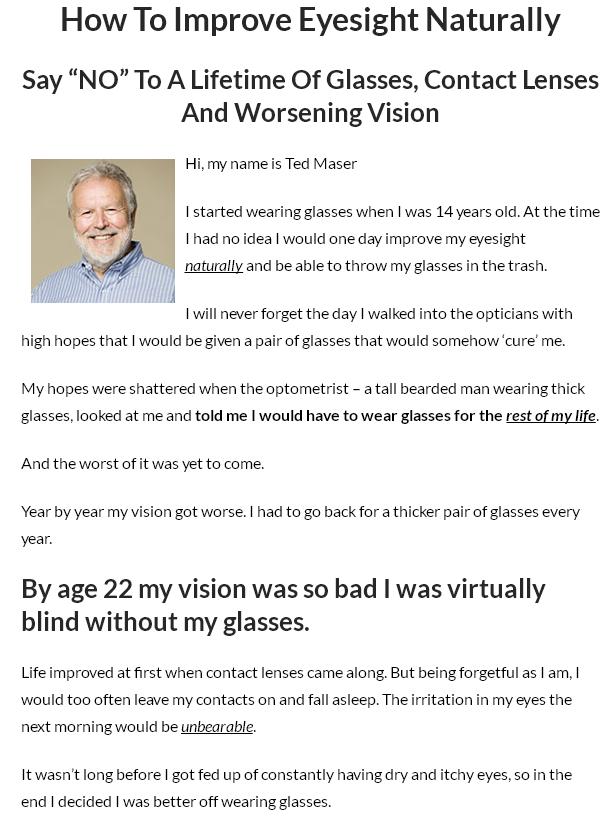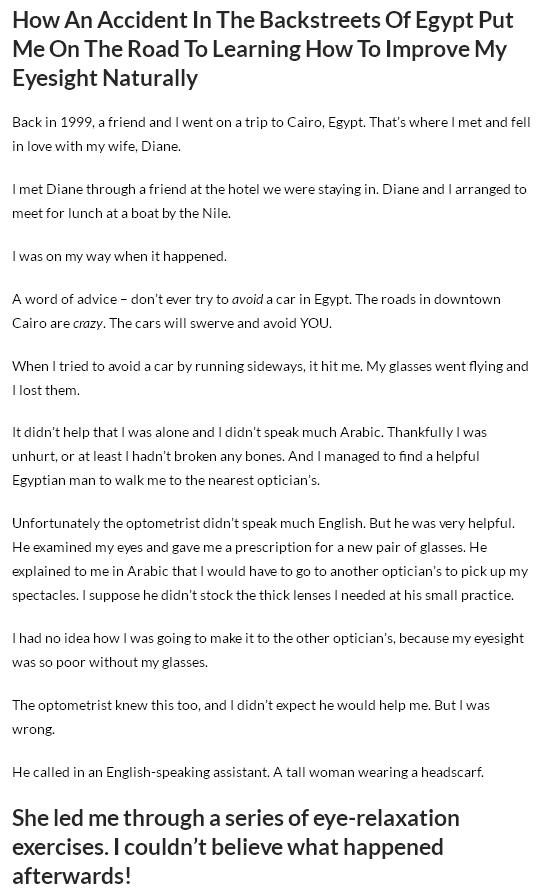A physical therapy based on specific exercises for the rotator cuff will strengthen the injured cuff, helping it recover faster and preventing further injuries. An injury can be anything from a tear, to a dislocation or a post surgery recovery period. A torn cuff is often the result of repetitive or forceful movements as those performed in sports, so it is more frequent amongst young people. A dislocation instead is the result of a trauma like a bad fall or an accident, while a post surgery rehabilitation implies the rotator cuff being artificially operated say, for a Frozen Shoulder, therefore requiring the same rehabilitation protocol as a naturally occurring injury.
Following a tear, the arm affected is placed in a swing while taking anti inflammatories for a quick relief of pain and to rest the cuff before starting the therapy. The therapist then decides when is the right time to start the program, which consists of few specific rotation exercises to strengthen the cuff muscles to healthy levels. These exercises repeated systematically can greatly accelerate recovery times, reducing pain and swelling along the way.
Similarly, after a dislocation the arm is placed in a swing, today often in an external position for better repairing of the Glenoid socket and to prevent future dislocations from occurring again. Such resting position is odd and a limitation in daily activities, but offers the best results on the long term. After the rest period is over, again 6 or 7 exercises of internal and external rotations repeated daily will help the cuff recover fast.
After surgery and the usual anti inflammatory treatment course to soothe the pain, the implementation of a physical therapy program is mandatory to prevent future injuries. Inactivity is not an option. However, given the severity of the stress on the rotator cuff following surgery, such rehabilitation program starts with a passive phase performed by the therapist, not the patient. This means the patient does not move the arm on his/her own accord, but let the therapist do so to let the weakened muscles and tendons heal enough first and prevent further stress or additional injury.
It is only when the rotator cuff is considered strong enough that the patient can start training the cuff with an active phase without any help. This phase is then followed by a strengthening phase and a full recovery one. It can take few months to have a rotator cuff restored to former glory. Without a specific physical therapy it can take much longer or worse, the cuff will not have heal properly and be prone to easily getting injured again.
A program of physical therapy for rotator cuff injury is easy to follow but must be adhered to strictly, as commitment and regularity are the key to a successful recovery. If you need a professional program of physical therapy for rotator cuff injury by a leading therapist, check it out by clicking on the links. Always consult your physician for professional diagnose first.



